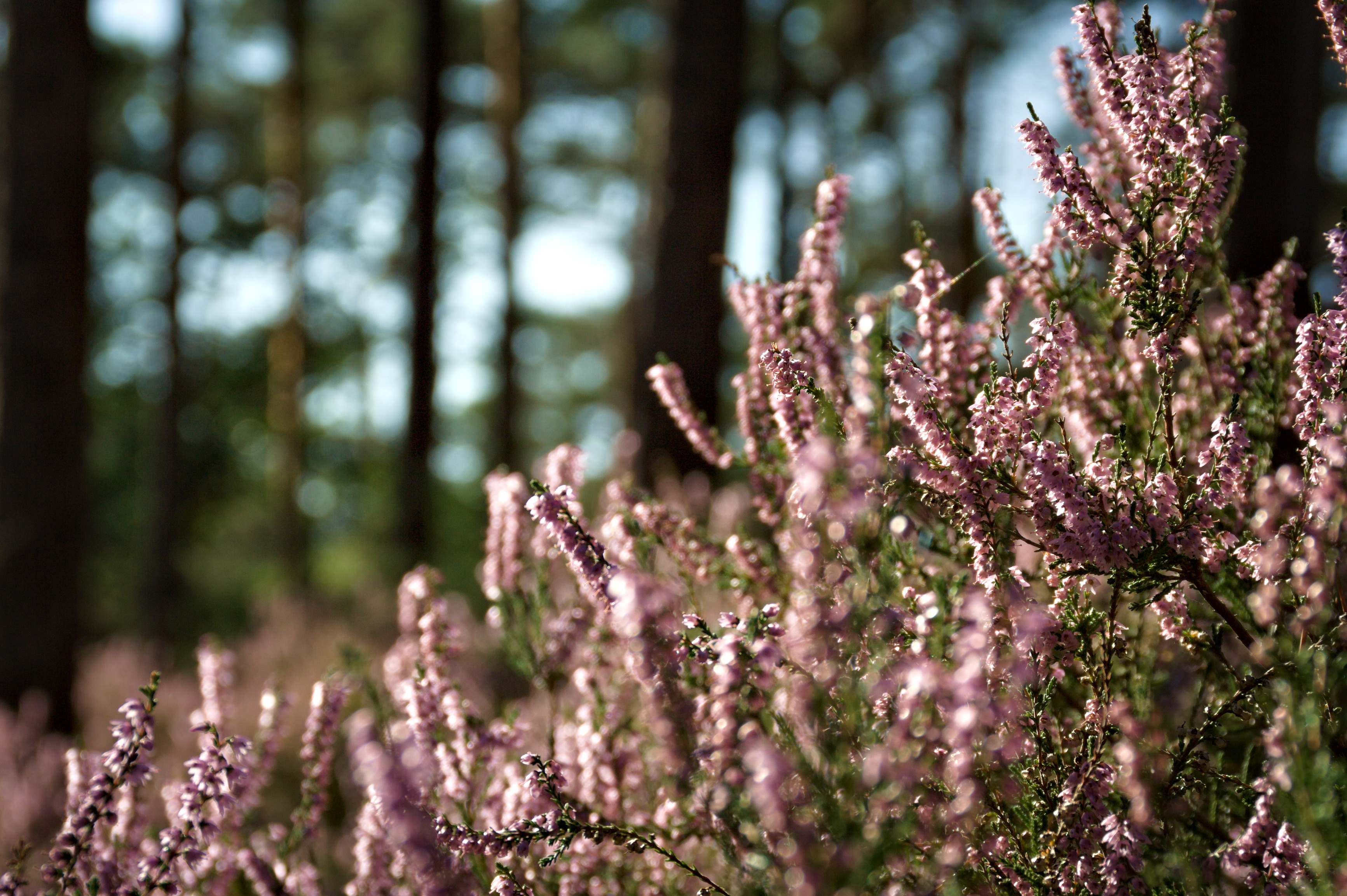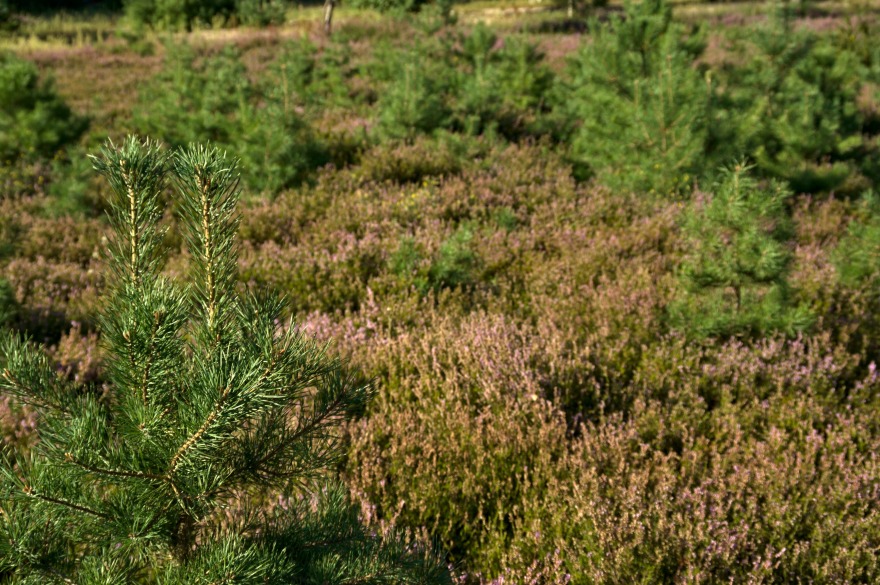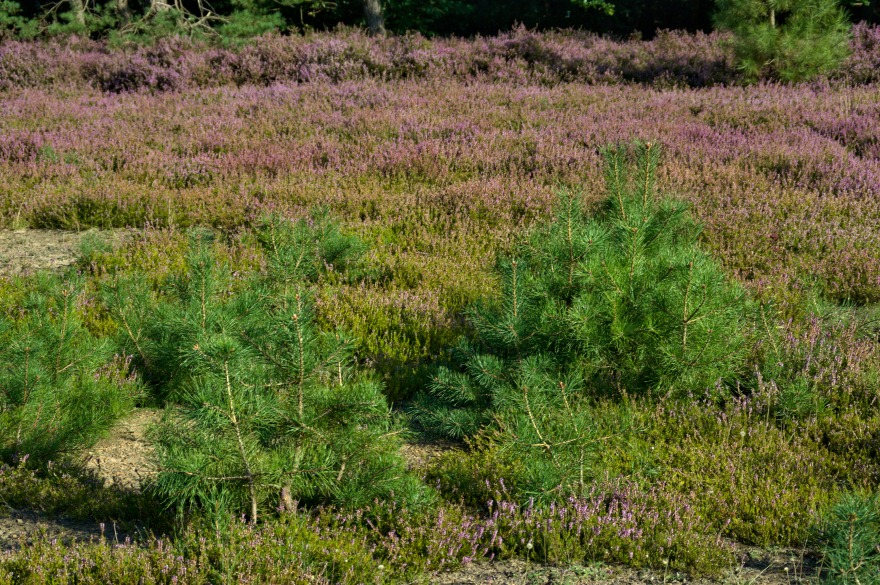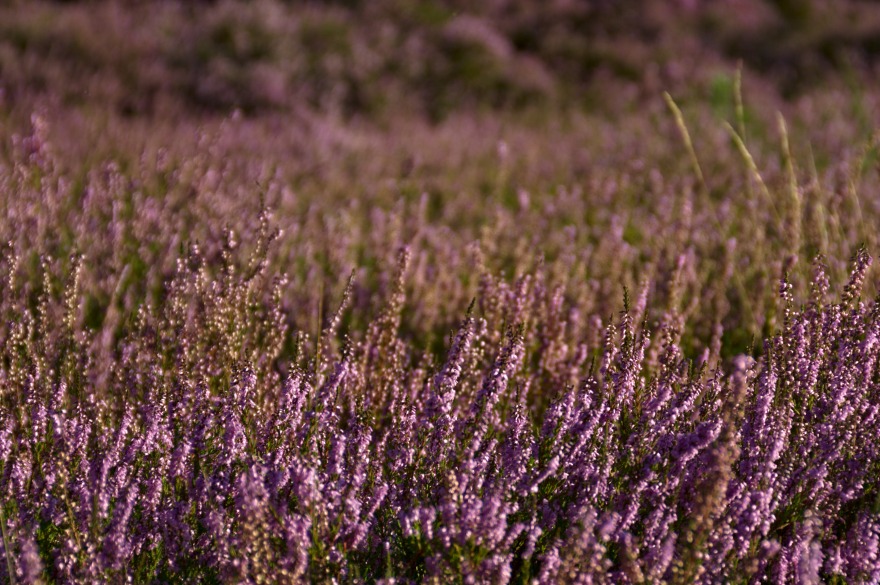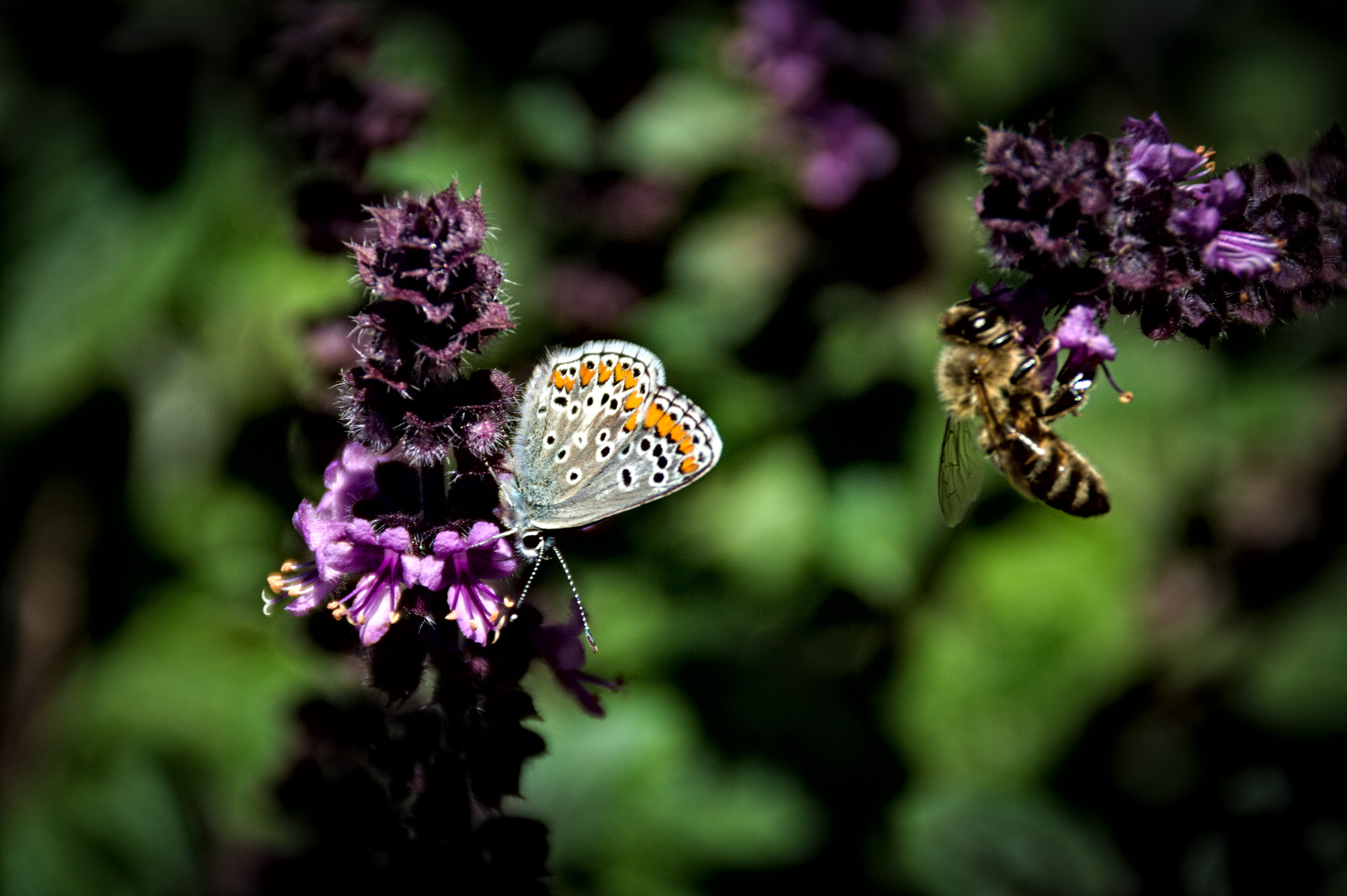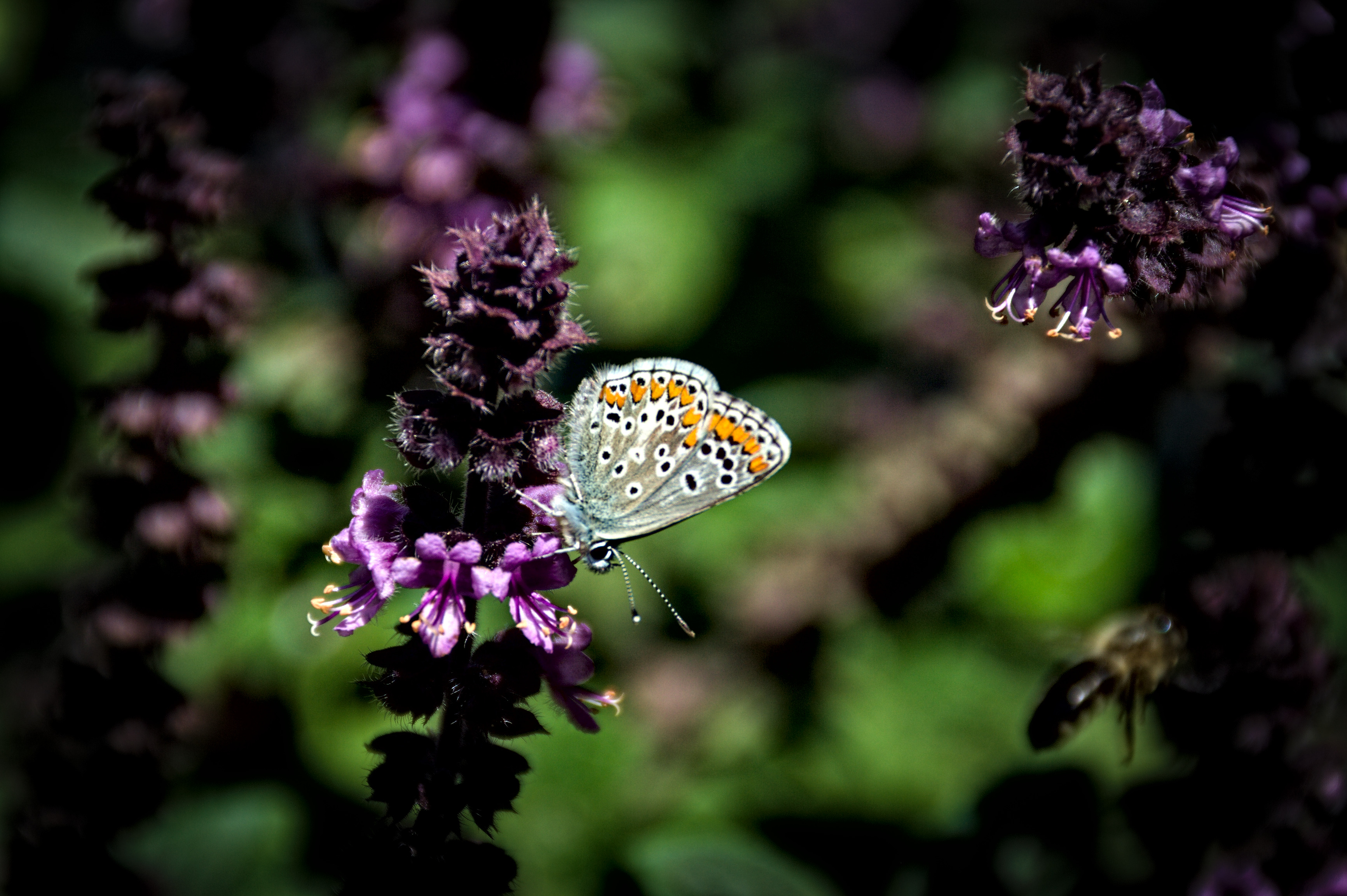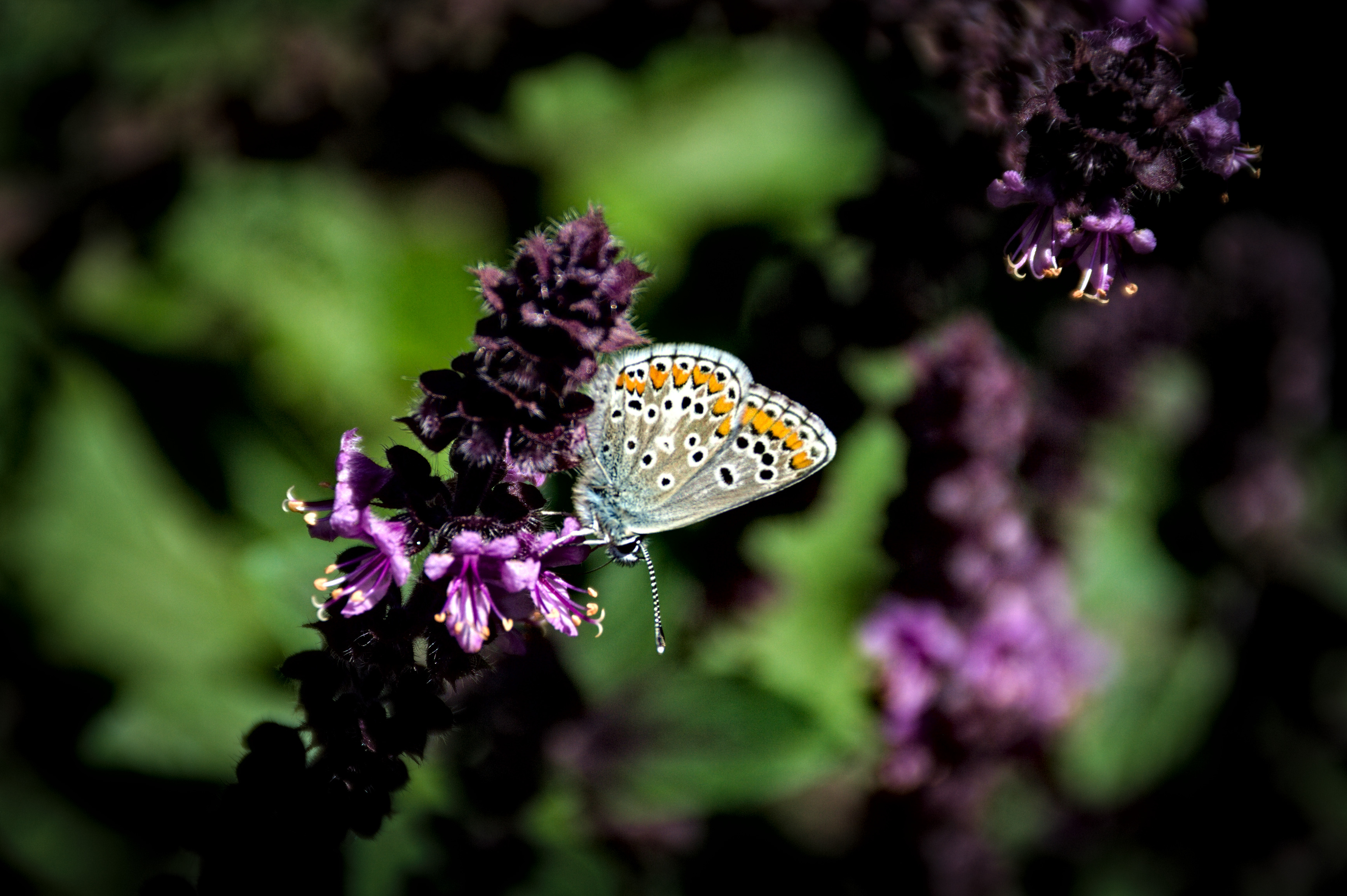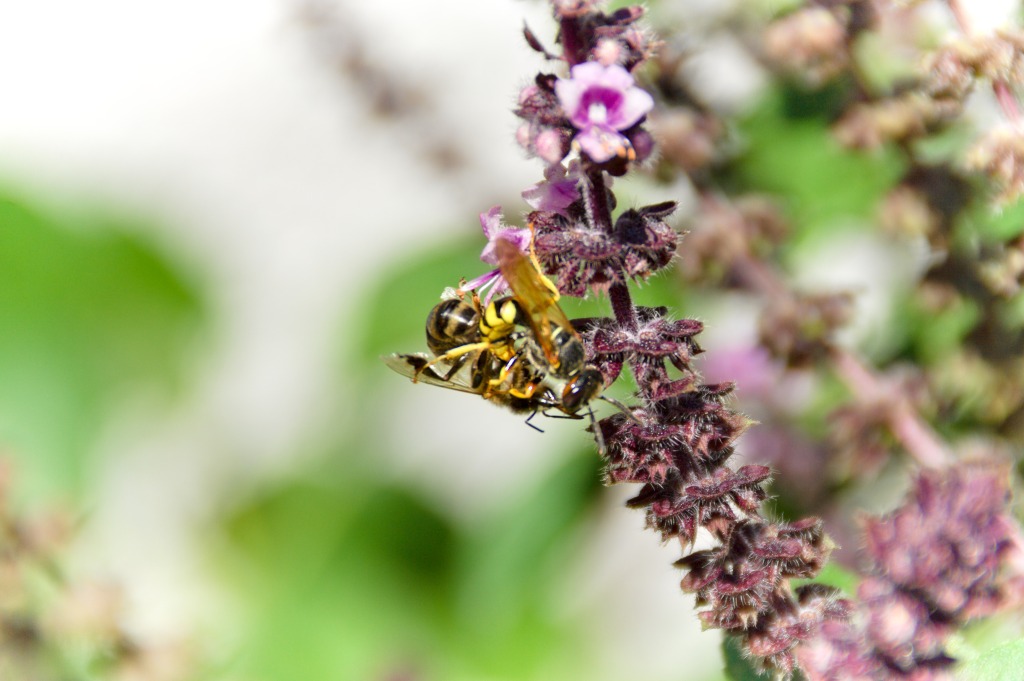In late summer the floor of the Palatinate Forest is covered with a violet blanket made from thousands of little flowers. These flowers belong to Calluna vulgaris, the common heather, that you surely know from the Scottish Highlands and the „Lüneburger Heide“ in Northern Germany. The common heather likes nutrient poor, dry and slightly sour soils.
The dense cover of individual plants and the simultaneous blooming behaviour lead to the beautiful phenomenon of purple clouds hovering over the ground. And of course, it’s a photographer’s delight to go hiking and collect hundreds of pictures.

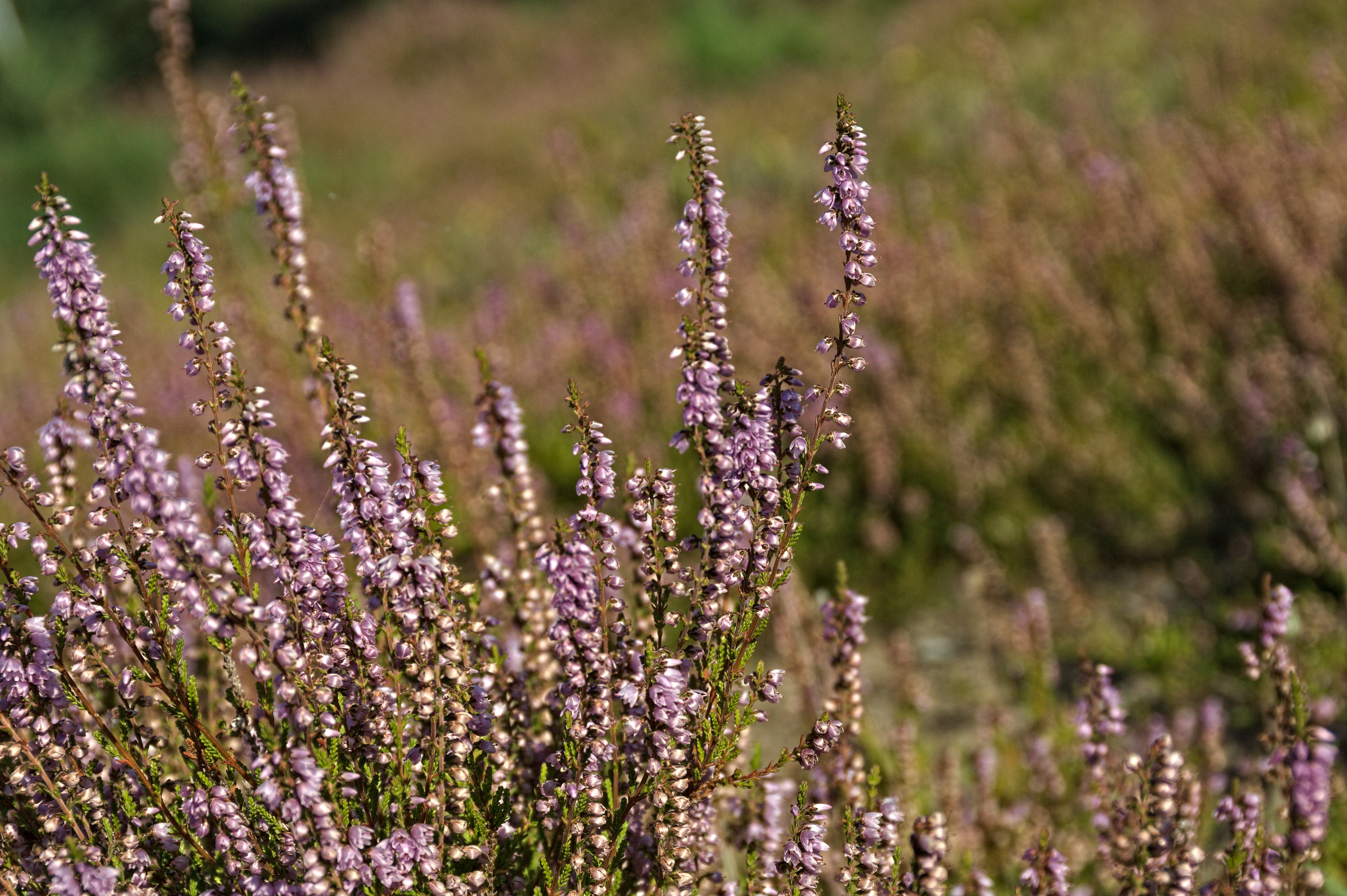
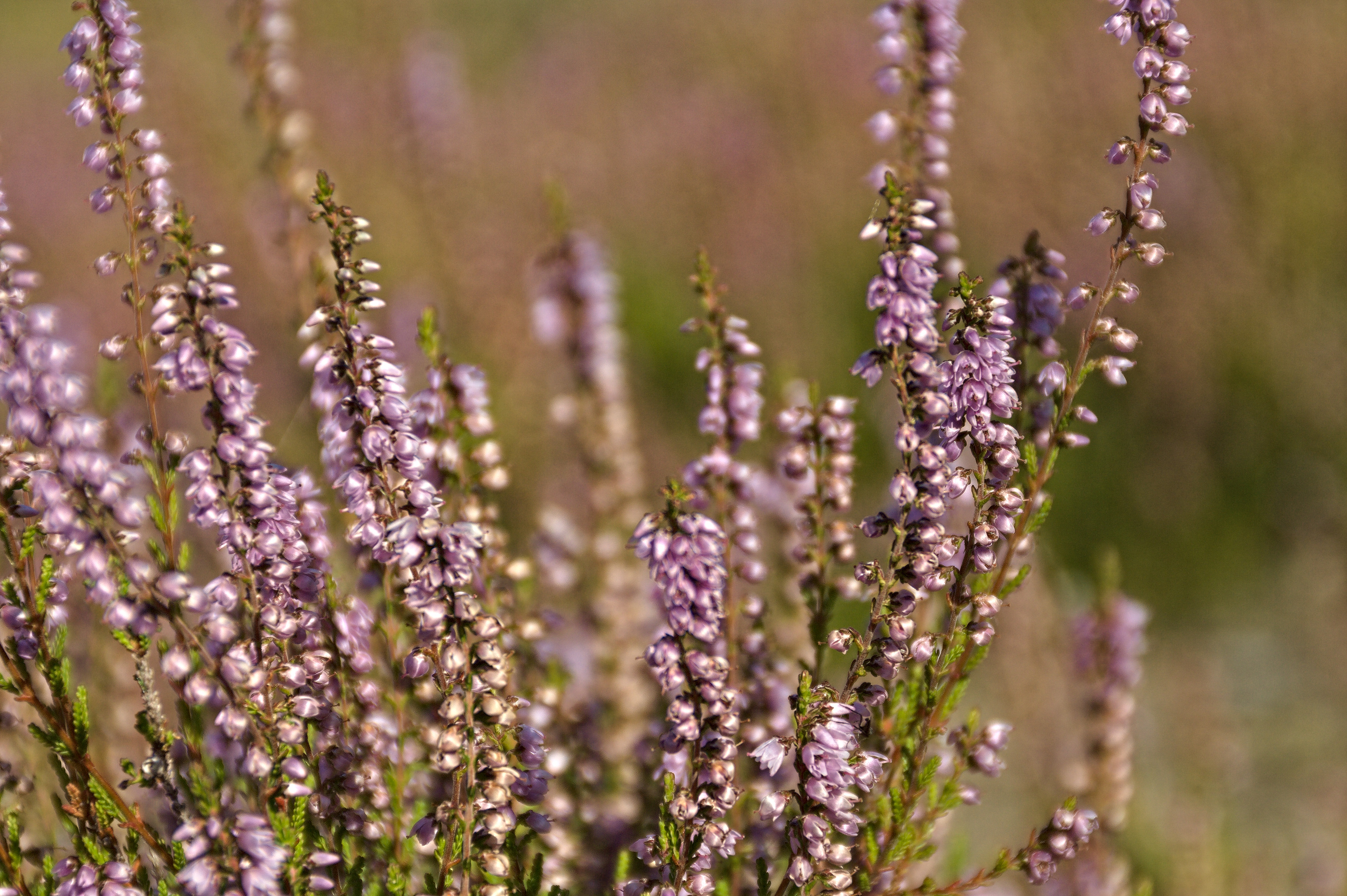
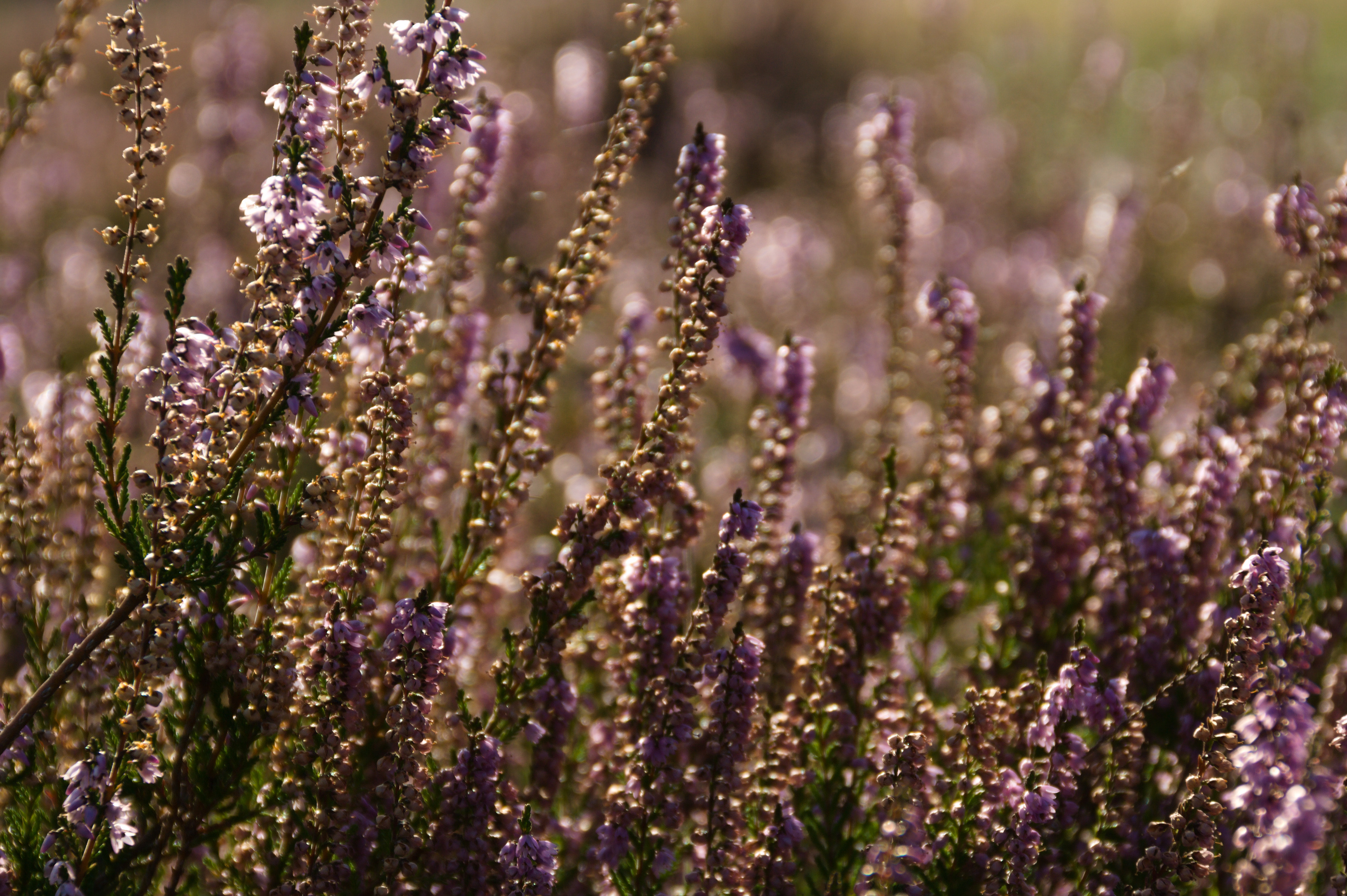

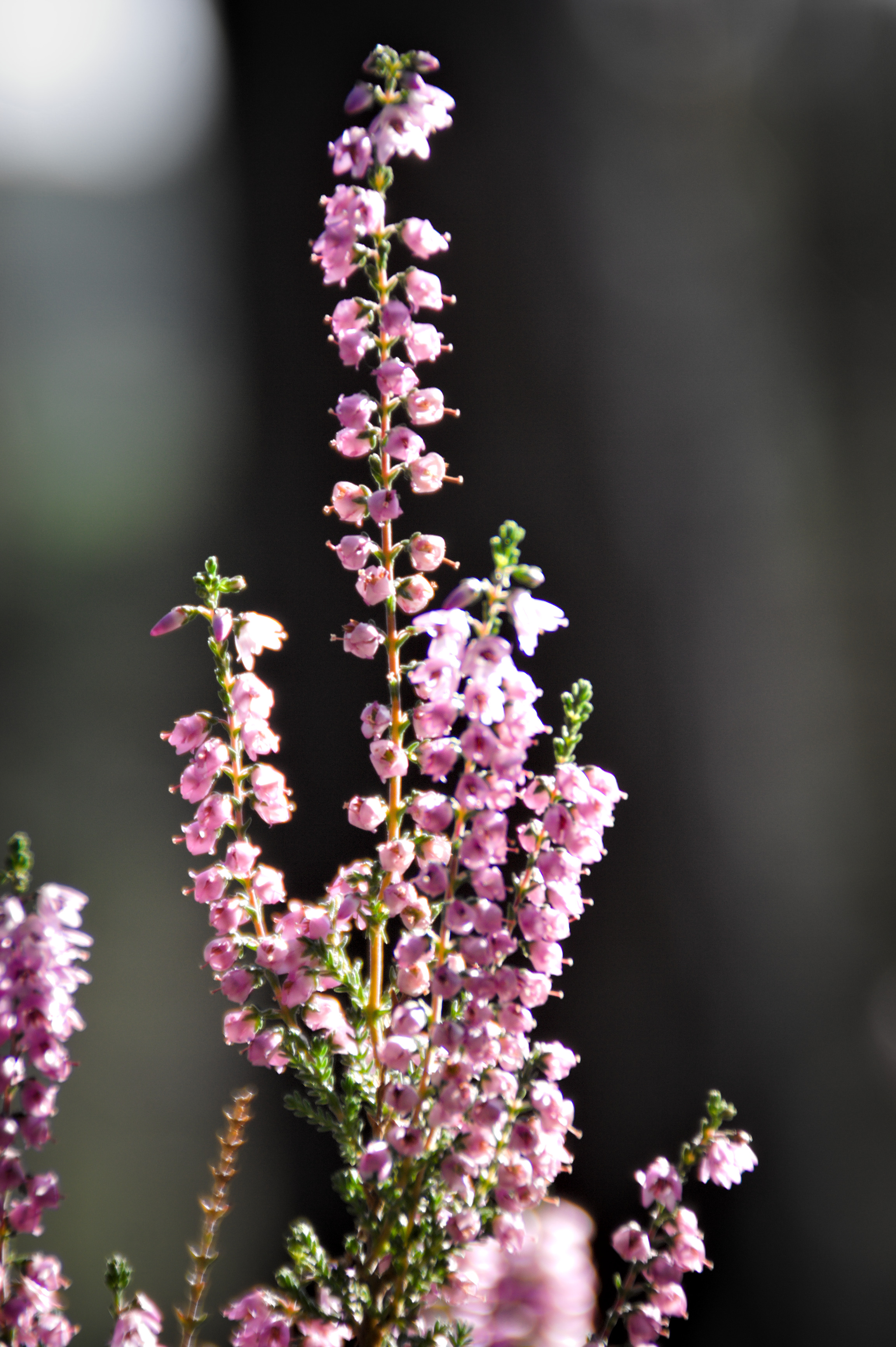
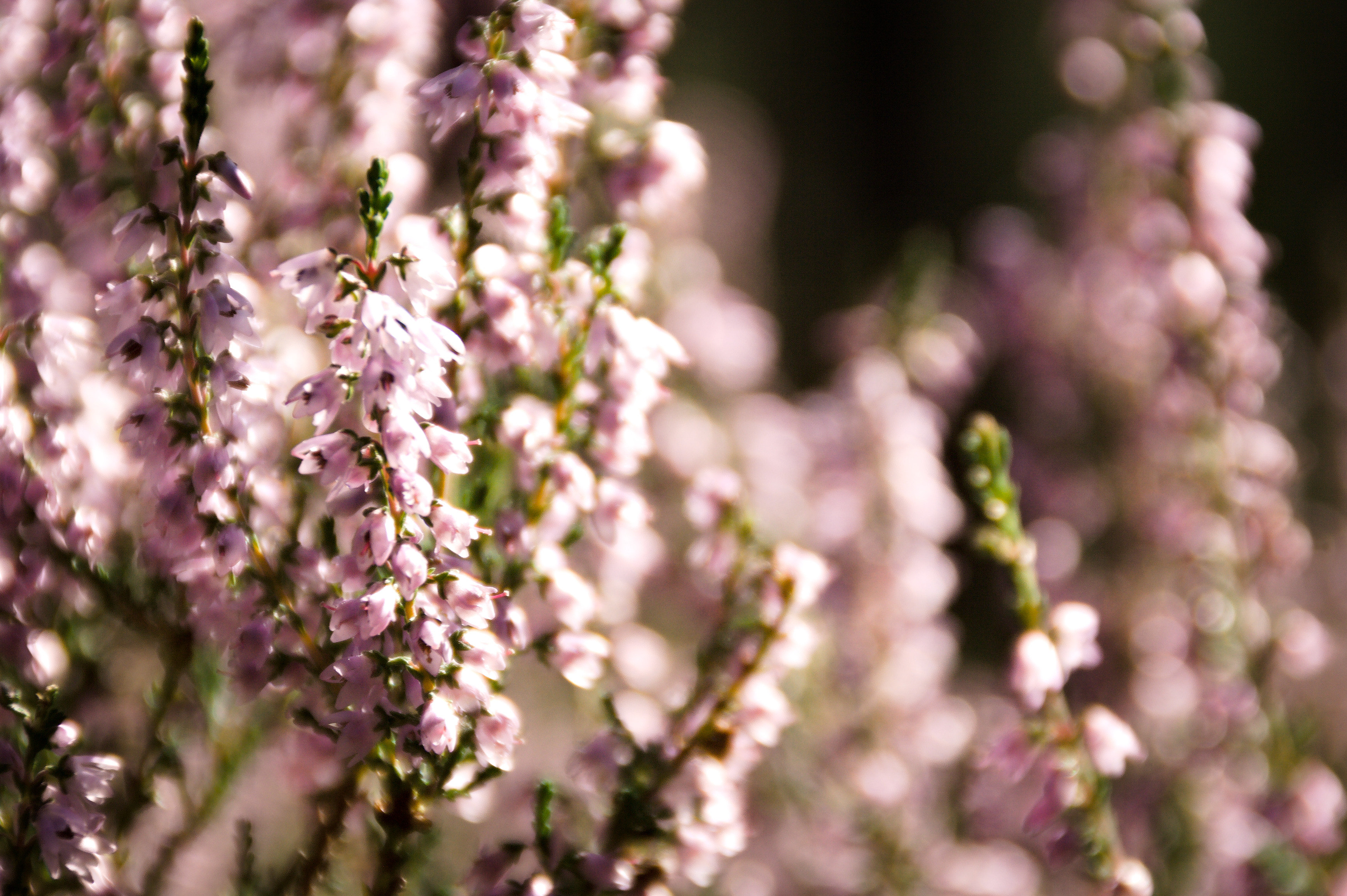

However, C. vulgaris flowers are not only pretty, they provide a huge amount of food and important habitat for insects and other animals.
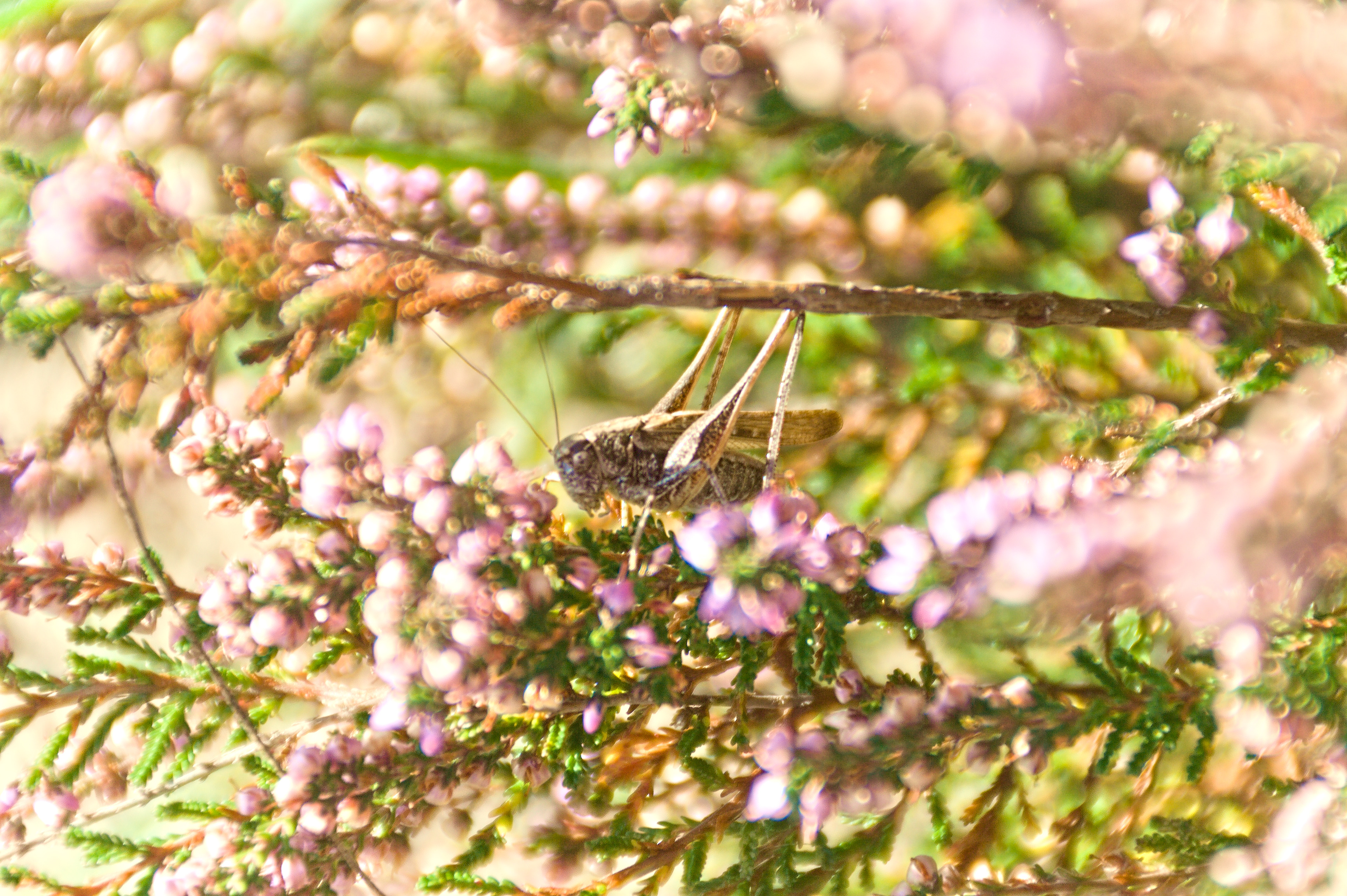
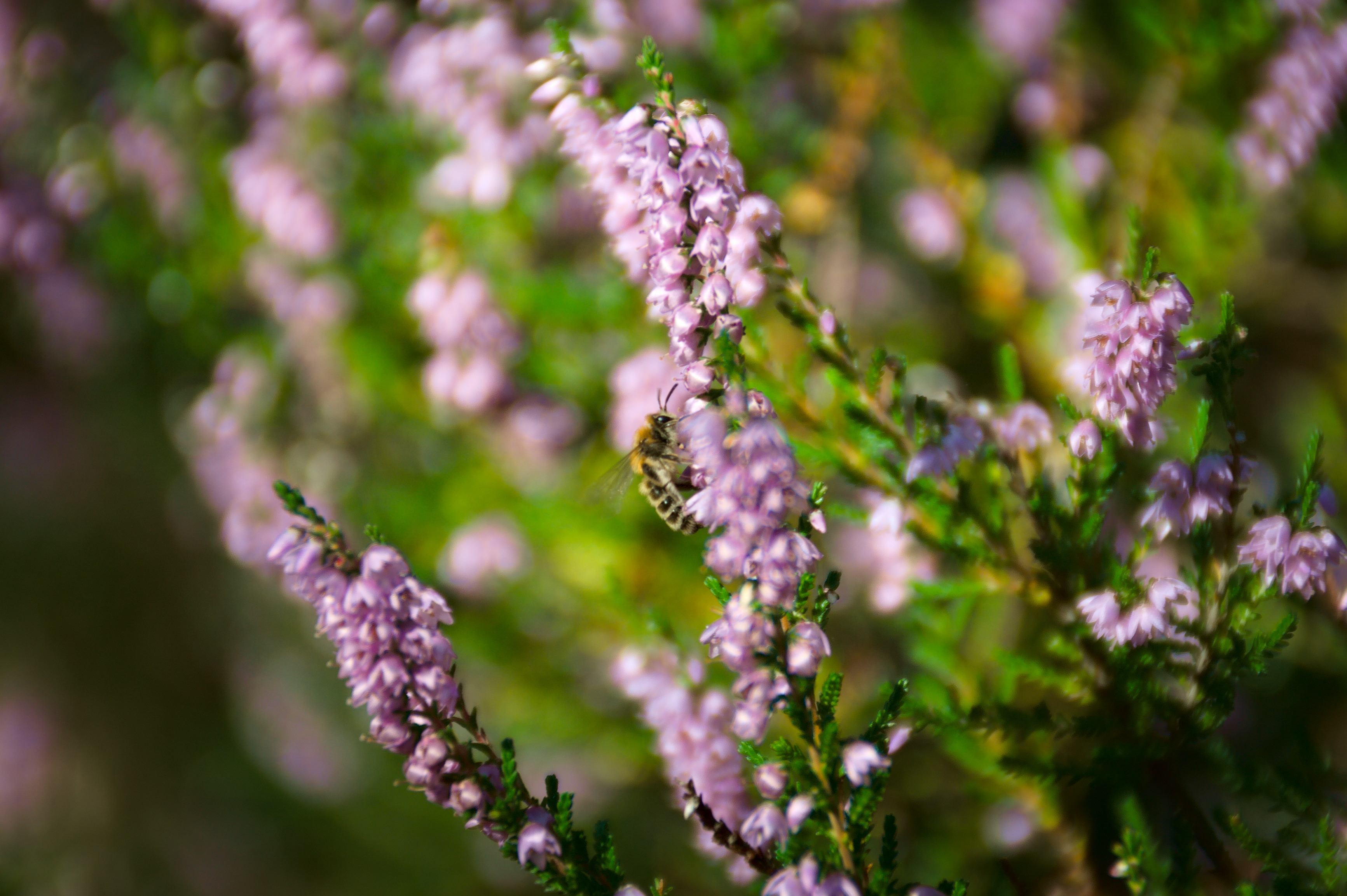
Taking pictures is one thing, the other thing is how do I want the image to look like in the end. Here’s an example of the different settings I tried for this topic. The first version has a light and soft mood: fluffy flowers in bright rosé. The second version shows harder contrast and darker shading, simulating the magic of an early summer evening in the forest. Which one do you like best?

